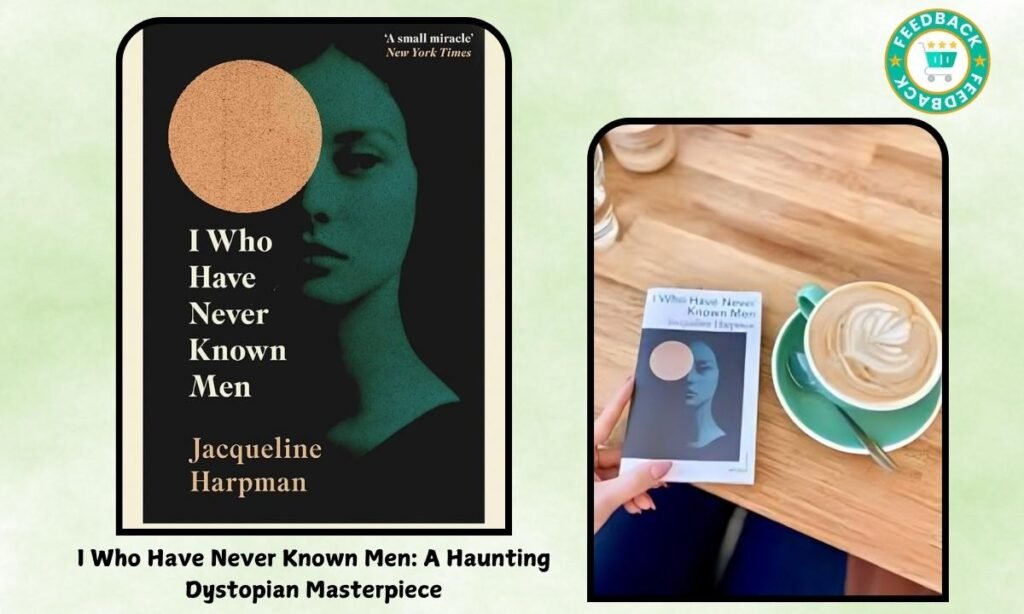Sarah J. Maas’s A Court of Thorns and Roses (ACOTAR) series mixes fantasy, romance, and political intrigue in a gripping way. The series has grown into a multi-book saga since it first came out in 2015 winning fans worldwide and making a big impact on today’s young adult and new adult fantasy books. It dives into ideas about power, trauma, identity, and love through deep characters and rich imagined worlds.
A Court of Thorns and Roses Series Overview
The A Court of Thorns and Roses series comprises a compelling collection of primary novels and companion books that intricately weave together themes of fantasy, romance, resilience, power, and emotional transformation.
| Title | Publication Year | Narrative Focus | Key Themes |
| A Court of Thorns and Roses | 2015 | Feyre’s transformation & the Spring Court | Survival, love, transformation |
| A Court of Mist and Fury | 2016 | Feyre’s healing & Night Court revelations | Trauma, empowerment, self-discovery |
| A Court of Wings and Ruin | 2017 | War with Hybern & political alliances | Sacrifice, war, leadership |
| A Court of Frost and Starlight | 2018 | Holiday novella & transition | Recovery, family, domestic healing |
| A Court of Silver Flames | 2021 | Nesta’s journey & inner battle | Redemption, self-worth, resilience |
Plot and World-Building in A Court of Thorns and Roses series
The series opens with A Court of Thorns and Roses, a loose retelling of Beauty and the Beast. Feyre Archeron, a mortal huntress, kills a faerie wolf and consequently taken to the magical land of Prythian by Tamlin, a High Fae. What begins as a tale of love and enchantment quickly darkens into one of political conflict and personal awakening.
As the series progresses, the scope of the story broadens dramatically. The introduction of the Night Court in A Court of Mist and Fury brings with it a richly constructed universe of seven distinct courts, each ruled by High Lords with unique powers and political agendas. Maas skillfully constructs a world filled with ancient magic, diverse cultures, and evolving political structures. This detailed world-building adds depth and credibility, making the setting feel tangible and immersive.
Character Development in A Court of Thorns and Roses series
Perhaps the most lauded aspect of the A Court of Thorns and Roses series is its nuanced character development, particularly that of its protagonist, Feyre Archeron. Initially portrayed as a survival-driven mortal, Feyre evolves into a powerful and influential High Fae. Her transformation is marked by psychological depth, reflecting themes of trauma recovery, empowerment, and identity.
Rhysand, the High Lord of the Night Court, becomes a central figure from the second book onward and is widely regarded as one of Maas’s most compelling characters. His complex morality, emotional depth, and respectful relationship with Feyre provide a stark contrast to the more traditional and controlling Tamlin. This shift in romantic interest is emblematic of Maas’s broader commentary on healthy versus toxic relationships.
Nesta Archeron, introduced as Feyre’s estranged sister, is given a central narrative in A Court of Silver Flames. Nesta’s journey through depression, guilt, and eventual self-acceptance is one of the most raw and honest explorations of mental health in fantasy literature. Her dynamic with Cassian, another warrior of the Night Court, further humanizes her and provides a narrative of emotional growth.
Themes and Symbolism in A Court of Thorns and Roses series
The A Court of Thorns and Roses series explores a number of recurring themes, chief among them being trauma, healing, power, and love. Each protagonist is scarred by their past in unique ways, Feyre by her time Under the Mountain, Rhysand by centuries of war and imprisonment, and Nesta by her self-loathing and guilt. Rather than providing quick resolutions, Maas invests time in illustrating how healing is a nonlinear process.
Feminist themes are also prevalent throughout the series. Female characters are consistently portrayed as complex, capable, and central to the political and emotional arcs of the story. Feyre’s journey to power, Nesta’s struggle for autonomy, and Mor’s defiance of societal expectations reflect a broader shift in fantasy literature towards the celebration of female agency.
Moreover, the series delves into the ethics of leadership and power. Rhysand’s governance contrasts starkly with Tamlin’s, raising questions about control, trust, and responsibility. The recurring motif of choice, choosing one’s path, partners, and purpose, is woven intricately into each narrative arc.
Writing Style and Structure of A Court of Thorns and Roses series
J. Sarah. Maas uses evocative and emotionally stirring prose that blends incisive dialogue dramatic action sequences and poetic descriptions. A Court of Thorns and Roses gives readers close access to the protagonists innermost feelings and thoughts through first-person narration. The narrative complexity of the series increases with maturity later books have more complex plot structures and multiple points of view. Pacing is one criticism frequently thrown at the series. Although there is a great deal of emotional depth some parts especially in A Court of Wings and Ruin and A Court of Silver Flames might seem long. Fans counter that this increased narrative space enables deeper character exploration and more complex emotional development.
Cultural and Literary Impact of A Court of Thorns and Roses series
The A Court of Thorns and Roses has made a significant impact on the fantasy genre, particularly in its blending of young adult and adult themes. It has sparked a renewed interest in fantasy romance and has inspired countless fanworks, merchandise, and discourse. Maas’s storytelling has contributed to redefining the boundaries of genre fiction, making fantasy more accessible to wider audiences.
The series has also been optioned for television adaptation, signaling its broader cultural resonance. Its emphasis on mental health, gender equality, and emotional complexity reflects contemporary social values, making it particularly relevant to modern readers.
Conclusion
Sarah J. Maas’s A Court of Thorns and Roses series is a landmark in modern fantasy literature. Through immersive world-building, complex characters, and emotionally resonant themes, Maas crafts a compelling narrative that speaks to a wide range of readers. While not without its flaws, such as occasional pacing issues and predictable romantic tropes, the series offers a powerful exploration of healing, identity, and love. Its popularity is a testament to its emotional authenticity and narrative ambition.
Also Read About –



